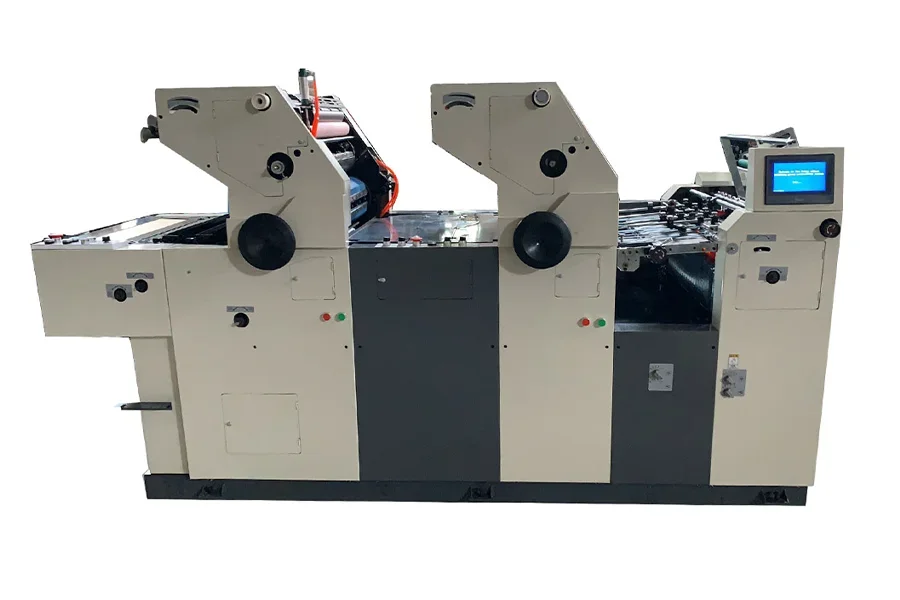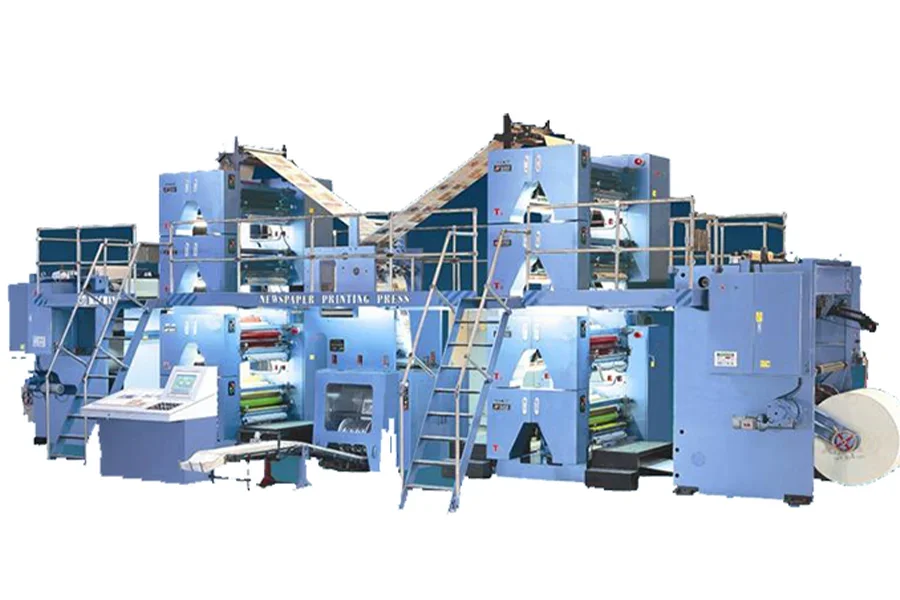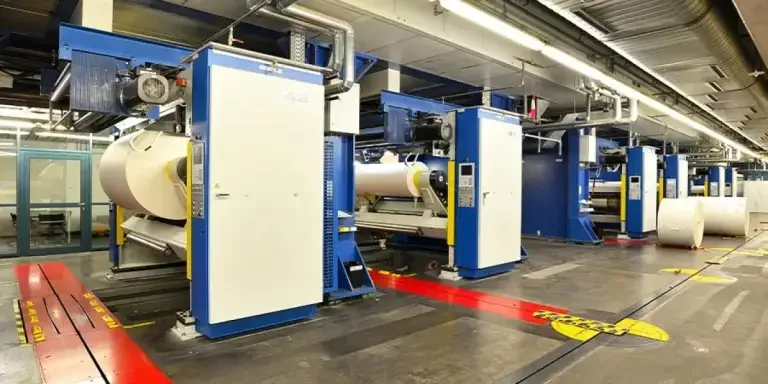While offset printers may not be standard in every printing shop, they still form a significant market because of their role in printing large volumes of newspapers, magazines, and books. Offset printing is a type of printing where the inked image on a printing plate is transferred to a rubber cylinder before printing on paper, otherwise known as lithography.
Table of contents
Offset printers: market share and demand
Key tips to consider when purchasing offset printers
Types of offset printers
Target market for offset printers
Offset printers: market share and demand
The global market share of offset printers was $2.5 billion in 2021. Offset printing machines have advantages such as low-cost printing and high-quality images. These are causing manufacturers to invest more in research and development to develop more innovative products. Emerging trends include the integration of advancements in technology into offset printing to improve efficiency and reduce the wastage of paper and ink.
Key tips to consider when purchasing offset printers
There are several tips that businesses should consider when looking for quality offset printers.
Running condition
Because offset printers make a better return on investment when they work over a long period, businesses should ensure that the machine purchased is in good working condition if it is a used one.
Price
Offset printers can be pricy, primarily when a business purchases an offset printer for the long term that is expected to produce high-quality prints. A 4-colors offset printing machine will cost between $5000 and $10,000, while a plastic bag offset printing machine will cost up to $30,000.
Type of bulk printing
Both sheet-fed and web offset printers are suitable for printing bulky work. However, sheet-fed printers are ideal for thick and heavy papers such as cardboard. They can also print on glossy paper. Web offset printers are suitable for lightweight paper such as newspapers. Therefore, a business should understand the type of bulk printing they want to venture into before purchasing.
Reputation of the brand
A reputable brand is helpful because it guarantees quality offset printers. The cost of an offset printer demands that there is no room for failure. A well-known brand also offers a proven track record and will more often than not have add-on features such as warranties and free repairs for a certain period. Brands to consider purchasing include Konica Minolta and Kyocera.
New over used
Businesses should choose a new offset printer over a used one. A used offset printer will most likely come without a warranty and a representative agent for repairs and advice in operation. While the cost may be high, purchasing a new offset printer is advantageous because of manufacturers’ addons.
Types of offset printers
There are two types of offset printers: sheet-fed offset printers and web offset printers.
Sheet-fed offset printing
Sheet-fed offset printers involve single sheets of paper fed into the printing machine.

Features:
- It can also incorporate a roll, but the paper will still be divided into pieces.
Pros:
- It can work with thicker and heavier papers.
- It can print large formats and superior quality products.
- It prints very fast.
- It takes less time to set up.
- One can make special finishes.
Cons:
- It cannot work with lighter materials such as newsprint.
- It has less flexibility and versatility in the printing process.
Web offset printing
Web offset printers use a continuous roll of paper that feeds the printer.

Features:
- It cuts the paper after printing.
- It offers inline finishing capabilities such as a variety of folding techniques.
Pros:
- It supports thinner and lower-weight paper
- It is faster than a sheet-fed printer.
Cons:
- It cannot print on a gloss-coated stock.
- It takes more time to set up in the beginning.
- It is only suitable for larger workloads that need thousands of copies in a day.
Target market for offset printers
The market size for offset printers is expected to be $3.2 billion by 2028, growing at a CAGR of 3.4%. China alone is projected to reach a market size of $747.5 million with a CAGR of 18.2%, while Japan and Canada are expected to grow at a CAGR of 9.5% and 12.1%, respectively. Germany’s CAGR of offset printers is expected to be 10.8%. This growth is attributed to an ever-expanding manufacturing sector that will need all kinds of packaging for the goods manufactured.
Conclusion
This article will help select suitable offset printers for new and existing businesses. There is no doubt that it’s easy to get confused about which one to pick. That is why this article also covered the factors to be considered when shopping for an offset printer and their projected growth in different regions. Head to the Alibaba.com offset printers section for more detailed information on offset printers.




